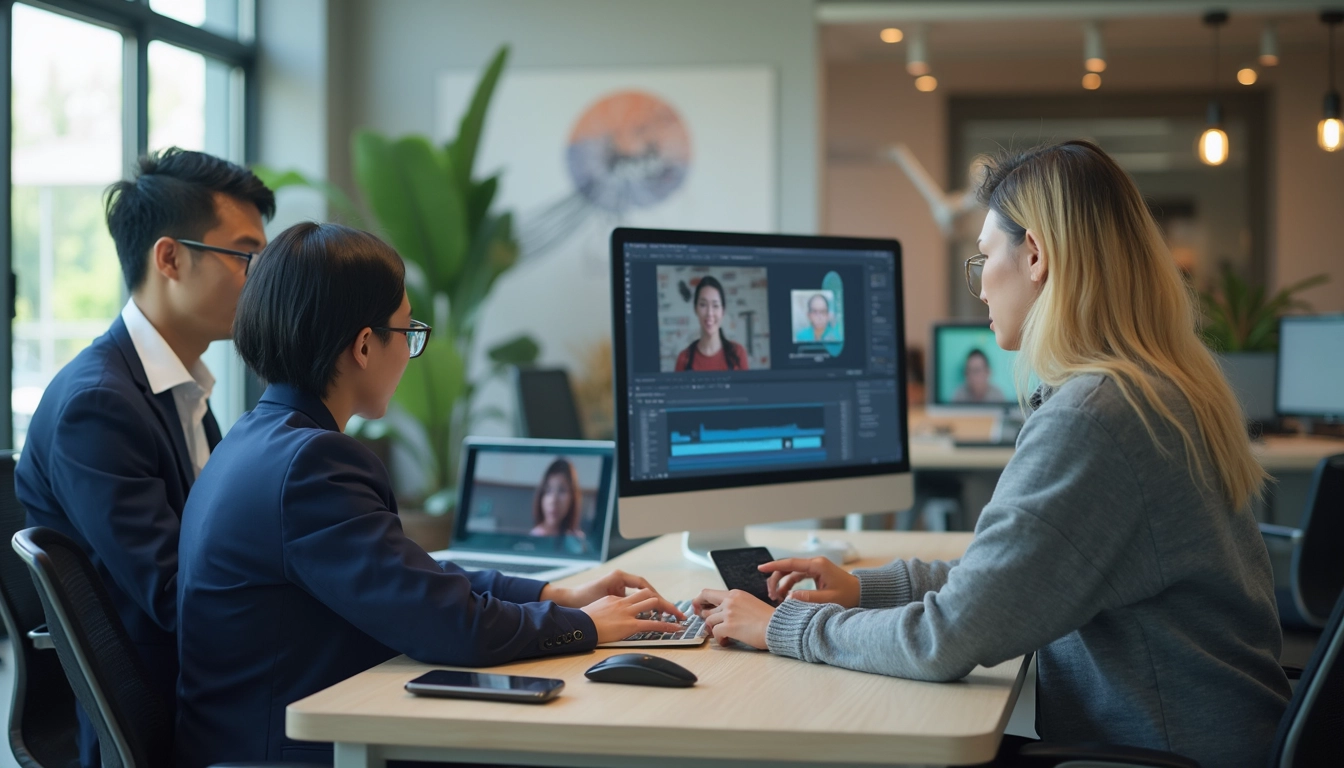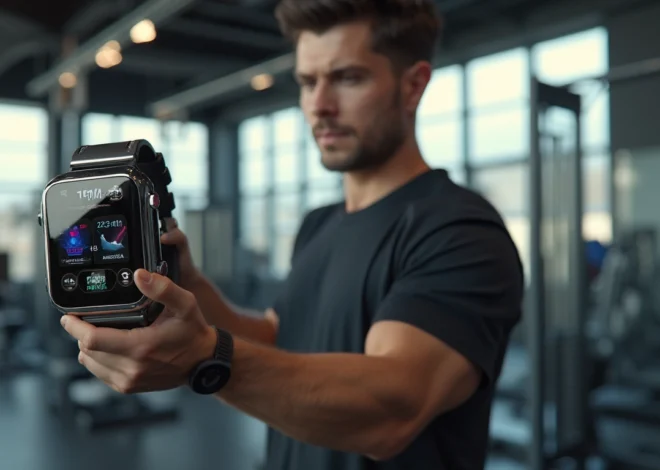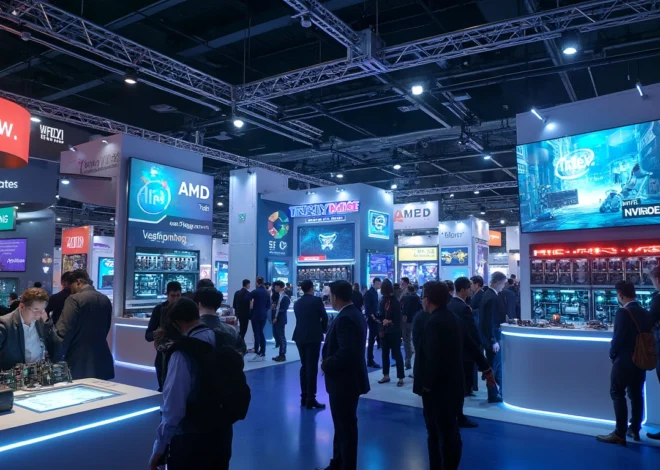
AI Video Revolution: Google Veo 2 and OpenAI Sora Transform Content Creation
The emergence of Google Veo 2 and OpenAI Sora marks a significant leap in AI video generation technology, offering creators unprecedented capabilities in producing high-quality video content from text prompts. These groundbreaking models represent a transformative shift in how we create and manipulate video content, with each platform bringing unique strengths to the table.
Table of Contents
Key Takeaways:
- Google Veo 2 supports 4K resolution output and advanced camera control features
- OpenAI Sora excels in creating diverse video content from detailed text descriptions
- Both platforms offer physics-based motion and realistic scene generation
- Current limitations include restricted access and processing capabilities
- These tools are reshaping content creation workflows across multiple industries
Understanding Google Veo 2’s Capabilities
Google Veo 2 represents a significant advancement in AI-powered video creation. Google’s latest AI innovation supports video generation up to 4K resolution, though current outputs through the VideoFX tool are limited to 720p. The platform excels in providing creators with precise control over camera movements and special effects.

OpenAI Sora’s Revolutionary Features
OpenAI Sora introduces groundbreaking capabilities in the video generation space. The platform’s strength lies in its ability to interpret detailed text prompts and convert them into visually compelling videos. Its innovative editing features allow for seamless video manipulation, making it particularly valuable for creative professionals.
Quality and Realism Comparison
Both models showcase impressive capabilities in generating realistic videos, but their approaches differ. Veo 2 focuses on physics-based movements and precise camera control, while Sora excels in creating diverse, contextually rich scenes. The quality of output varies depending on the complexity of the requested content and specific use cases.
User Experience and Accessibility
The user interface design plays a crucial role in the adoption of these tools. While both platforms aim for intuitive operation, they require different levels of technical expertise. To streamline your workflow and enhance productivity, consider using automation tools like Latenode to integrate these AI video generators into your content creation process.
Future Impact and Industry Applications
AI technology continues to evolve, and these video generation models are reshaping various industries. From advertising and marketing to film production and social media content creation, the applications are extensive. The rapid advancement of these technologies suggests even more impressive capabilities in the near future.
Implementation and Best Practices
To maximize the potential of these AI video generation tools, focus on providing clear, detailed prompts and understanding each platform’s strengths. The quality of output often correlates directly with the specificity of input instructions and the intended use case. Regular practice and experimentation with both platforms will help determine which better suits your specific needs.


